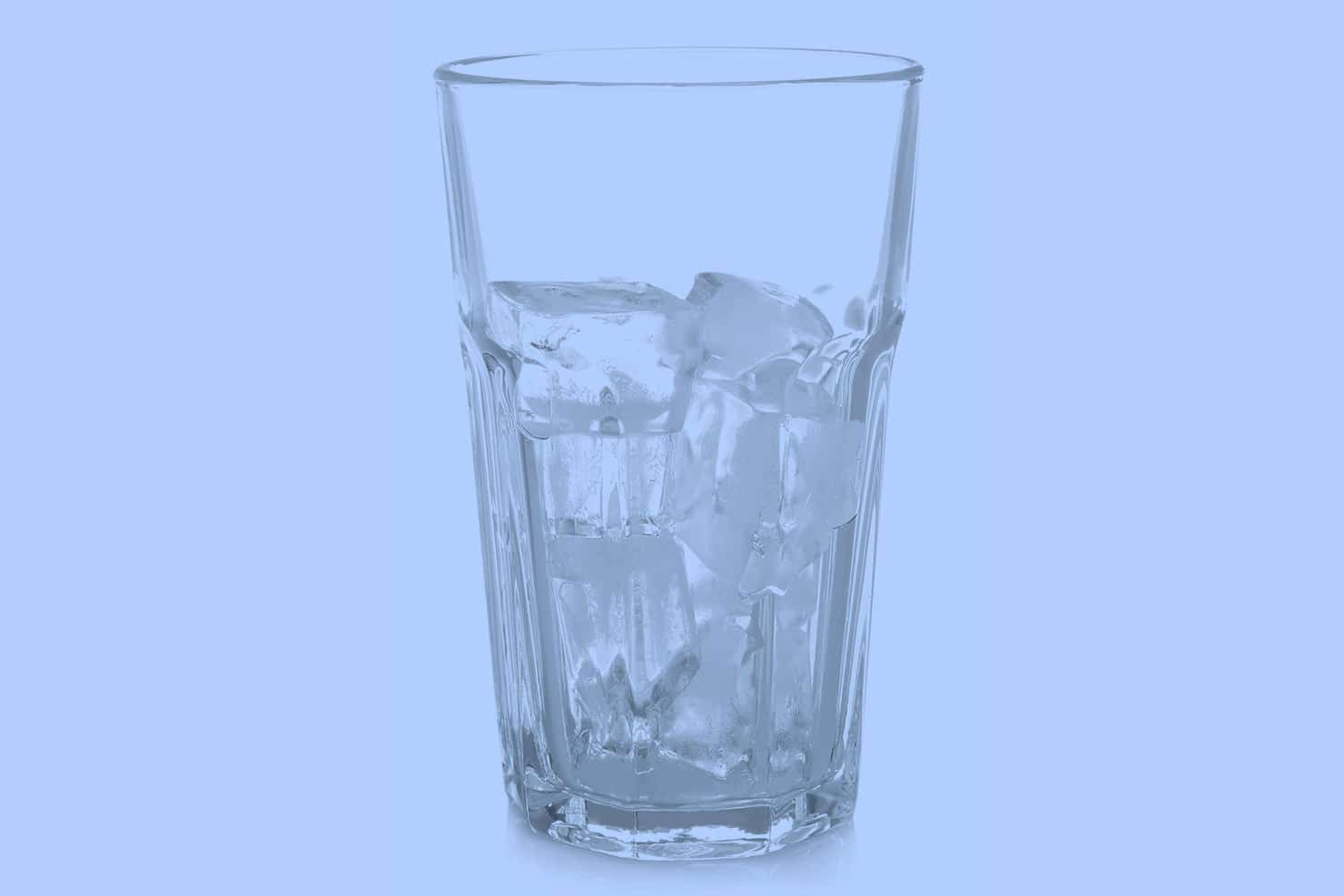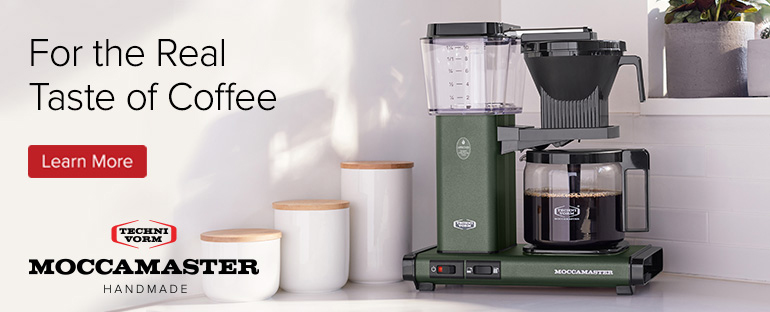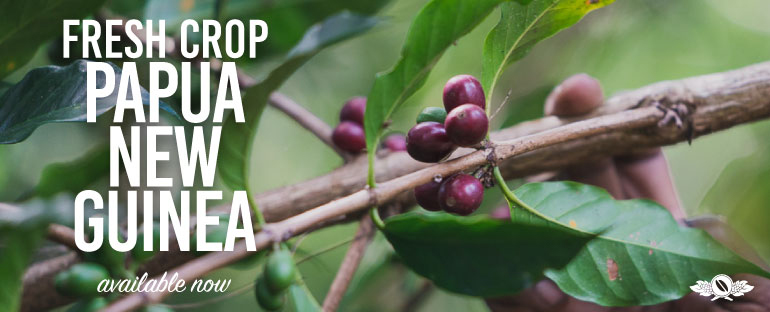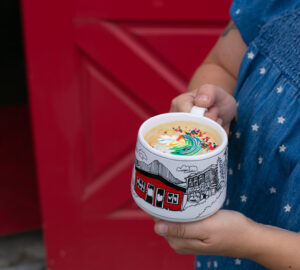I’m no stranger to speaking up about topics that are uncomfortable. When it comes to what’s true and just and *righteous* in this world, I won’t hesitate to raise my voice. I ain’t gon hold you. Heavy is the crown of the person who takes it upon themselves to shoulder the responsibility of sounding the alarm, and this weight that I carry with me daily is just part of having a widely known platform. It is a privilege and a sacrifice. And now, I must come forward to call out a new thing I feel personally slighted by.
Y’all are not adding enough ice to my cold drinks and it’s starting to upset me and my homegirls.
Maybe if I didn’t live through five Phoenix summers, where people use their cars as ovens, I’d feel differently. Los Angeles has weather privilege and maybe ice just isn’t that deep here. But it’s that deep for me. And when I took this declaration of disrespect to my drink experience to social media, this same sentiment was shared widely by general consumers and coffee workers from all over the country.
Listen. I like a lot of ice in my cold coffee drinks. My cup should be filled to the brim with crunchy, cold mess. Let me offer an example. Recently I visited Neighborhood, a coffee shop on La Brea Avenue here in Los Angeles, and ordered an iced Americano to my exact specifications: “Short on the water and EXTRA ICE.” I received just what I was looking for in a sub-40º taste experience, a drink that was espresso-forward and cold as hell. It was drinkable in under ten minutes, similar to ordering an espresso on its own, and not missing out on the flavor nuances of the espresso itself.
You’d be surprised to know that even with this level of specificity when ordering, more often than not, I regularly end up with a drink that’s 80% water, 5% espresso, and 15% ice.
I’m already a Black person in this world. I will not let anyone rob me of experiences I’m entitled to have by accepting anything less than the correct amount of ice when I order an iced americano.
What’s the correct amount of ice, you ask? For me—as the beholder of all things true—it’s just more, but preferably involves a cup that’s been filled to the brim. More ice means my drink will hold its temperature for anywhere from 5-30 minutes depending on how I’m feeling that day.
More ice should also ensure that the complete beverage will follow a recipe, ice fully accounted for, that’s comparable to its steamy counterpart. I’m looking for an espresso-forward taste experience where the only difference is the temperature. But instead, more often than not I end up with a sorta cold cup of water with a whisper of espresso floating around because y’all want to withhold ice I’m joyfully and respectfully requesting.
Why must it be like this? I asked my social media audience why anyone would dissent against the amount of ice that would result in a well-crafted drink chilled to perfection. The answers were offensive.
“Less ice just means I get more drink,” says Bobbi Ponder, a dancer and occasional coffee drinker in Chicago, Illinois. I hear this sentiment a lot, and it makes sense for something ready to drink like cold brew. But consider the recipe for an iced latte. Coffee shops usually set a standard for the ratio of espresso to milk and the goal is (should be) to replicate the same coffee-forward experience as a hot latte. If less ice means more drink, that also means more diluted with milk. Y’all want a large cup of milk that barely tastes like coffee?
For others, they’re attached to the idea that less ice won’t make their drink as watery. But let’s look at the science real quick. “The more ice you have, the quicker you chill your drink, the quicker you chill your drink, the slower the dilution will be,” according to Matchstaff, a website dedicated to job placing bartenders. 200ºF espresso and cool (but not cold) milk or water is not going to come down to temperature quick enough for those few ice cubes to do their job. Maybe a cup of lukewarm coffee is your ministry, but it’s not mine.
GoFundBean founder Adam JacksonBey is one of a few that raised cold sensitivity for his teeth. “Too much ice makes it uncomfortable to drink,” he says. One or two others simply said they just don’t like ice. For that I say, be easy then. I see you, but I can’t relate.
Clearly, my word and nine years of coffee experience weren’t going to be enough to convince the masses. So I consulted an Ice Expert to help me settle this debate (and prove me right, of course) once and for all.
Gordon J. Bellaver is the owner/operator of Penny Pound Ice, an LA-based company servicing bars, restaurants, grocery stores, liquor stores, homes, and most recently, coffee shops with their cleaner, denser, clearer ice. An alumnus of both Intelligentsia Chicago and the late LA staple, Handsome Coffee, Bellaver transitioned to cocktails at The Varnish where he first connected with his now business partner in Penny Pound. They are unabashedly pro-ice, and the perfect person to help navigate my position in the great ice debate.
I asked my new friend if there should be more or less ice used in most iced coffee drinks. His answer made me rethink everything I knew to be true.
“So let’s say it this way: there should be bigger ice,” he told me. “At a very basic level, what does ice do? It melts! It releases cold to keep your drink cold, and in doing so dilutes your beverage. Having more can mean colder, but it also means more diluted. Having less means warmer and less diluted. BUT if the ice is BIGGER, it’ll be able to stay colder for longer because of the surface area of the ice cube.”
This makes perfect sense, especially to the mind of a barista who thinks about surface area with respect to grind size. A coarser grind with large grind particles will extract at a much slower rate, depending on water temperature and time. And according to Bellaver, the concept sounds like it’s nearly the same with ice.
But then I began to wonder about ice in its different forms in cocktails. No one ever complains about ice when imbibing. When was the last time you ordered a cocktail “easy on the ice?”
“[In coffee] ice rarely gets the same treatment,” Bellaver tells me. “In my opinion it’s because ice is something people can make themselves. It has one purpose: to chill. We let it do that and accept that we might have a watery cold brew or a not-so-cold iced tea because a lot of people haven’t experienced the other options.
“Think of it this way,” he continued. “If your iced beverage, which has beans specially sourced and a specific quality of milk or milk alternative, served in this biodegradable cup (perhaps without a straw), all of these points were sourced with a purpose and with intent. But if your ice is the same that you’d find in a gas station or a hotel room, then what sort of experience are you serving?”
If there’s anything I believe we can all agree on as people—especially as people who seek out all that’s tasty and joyful to our palates—it’s that intentional drink experiences are unmatched. There is almost nothing better in life than a delicious drink. It’s a powerful thing, and for coffee, this power is in the hands of the barista. While they may not have access to large, spherical ice balls for an americano—something that Bellaver highly recommends—baristas should endeavor to serve drinks that are delicious and impactful. And so, if someone comes into your cafe asking for a lot of ice in their drink, you should serve it to them. Especially if that person is me.
Honestly, this op-ed is just the tip of the iceberg of a larger conversation I think needs to be had about ice. But for now, know that when you see me at the local coffee spot, I like my cold drinks how Quavo likes Saweetie: icy as f*ck.
Michelle Johnson is an editor at large at Sprudge Media Network, and the founder and publisher of The Chocolate Barista. Read more Michelle Johnson on Sprudge.






























